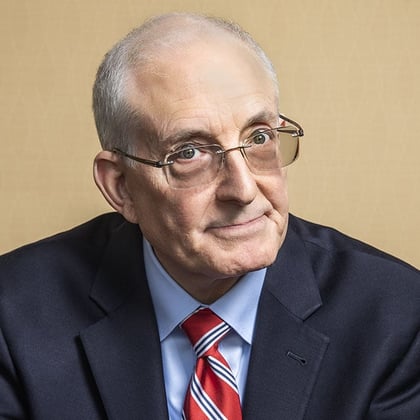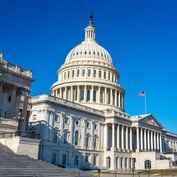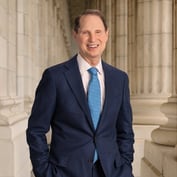What You Need to Know
- The bill, which sailed through the House Tuesday, reduces the 50% penalty for missing an RMD, Slott said.
- It allows Roth versions of SEP and SIMPLE IRAs and requires catch-up contributions to be made to Roth accounts.
- The Senate Finance Committee is expected to take up the bill soon.
A sweeping retirement bill, the Securing a Strong Retirement Act of 2022, or Secure Act 2.0, that passed the House late Tuesday increases the required minimum distribution age from 72 to 75 in stages — over 11 years — and reduces the 50% penalty for missing an RMD, Ed Slott of Ed Slott & Co. told ThinkAdvisor on Wednesday.
The bill, which passed the house by an overwhelming 414-5 vote and is expected to be taken up soon by the Senate, also includes “lots of ‘Rothification,’” Slott said, “meaning Congress is stepping up Roth contributions.”
Why?
“To bring in more revenue, of course,” he continued. “This is just more evidence of why Congress loves Roth IRAs; because Roth funds bring in money, since no deductions are available for contributions. The proof once again in this bill is in the ‘Revenue Provisions’ at the end of the bill. This is how Congress expects to raise funds to cover the cost of everything else in this bill.”
The revenue provisions include allowing Roth versions of SEP and SIMPLE IRAs, Slott explained, “as well as requiring catch-up contributions to be made to Roth accounts, and to allow employers to offer matching contributions to Roth accounts.”
Secure 2.0 also reduces “the draconian 50% penalty for missing an RMD, to 25% (which is still high) and to 10% if the missed RMD is timely made up,” Slott explained. “In reality though, most people don’t pay this penalty, because the IRS will usually waive it if the missed RMD is made up upon discovery, and Form 5329 is filed to request the penalty waiver.”
Raising RMD Age
Under the bill, the RMD age would “increase from the current age 72, to 73 next year, then to age 74 in 2030, and to age 75 in 2033,” Slott said. “Some people will die waiting for that change. At this point Congress should just get rid of lifetime RMDs and stop annoying seniors with these changing calculations every year, especially now since most of these retirement accounts will have to be emptied by 10 years after death anyway.”
Raising the RMD age “won’t help 80% of the people who according to Treasury’s own data take more than the minimum anyway, because they need the money,” Slott continued. “So what good does it do to tell people that they don’t have to withdraw funds until later age if they need the funds to live on?”
For those who have the means to let their retirement funds grow longer, “raising the RMD age means that more funds will have to be withdrawn in a shorter window, likely increasing the tax bill later on and for heirs under the 10-year rule,” Slott said.
J. Mark Iwry, the head of national retirement policy during the Obama-Biden administration and now a non-resident senior fellow at the Brookings Institution in Washington, added in a Wednesday email to ThinkAdvisor that “the revenue proposed to be spent on repeatedly raising the RMD beginning age would be better targeted to help middle class Americans by totally and permanently exempting from RMDs all savers with less than a specified amount of retirement savings at age 72.”









 March 30, 2022 at 11:17 AM
March 30, 2022 at 11:17 AM











